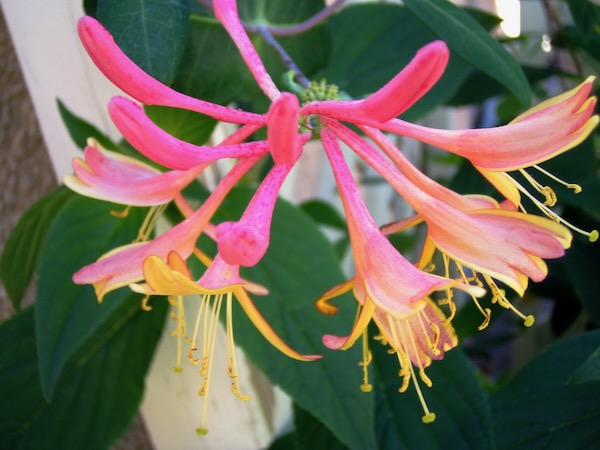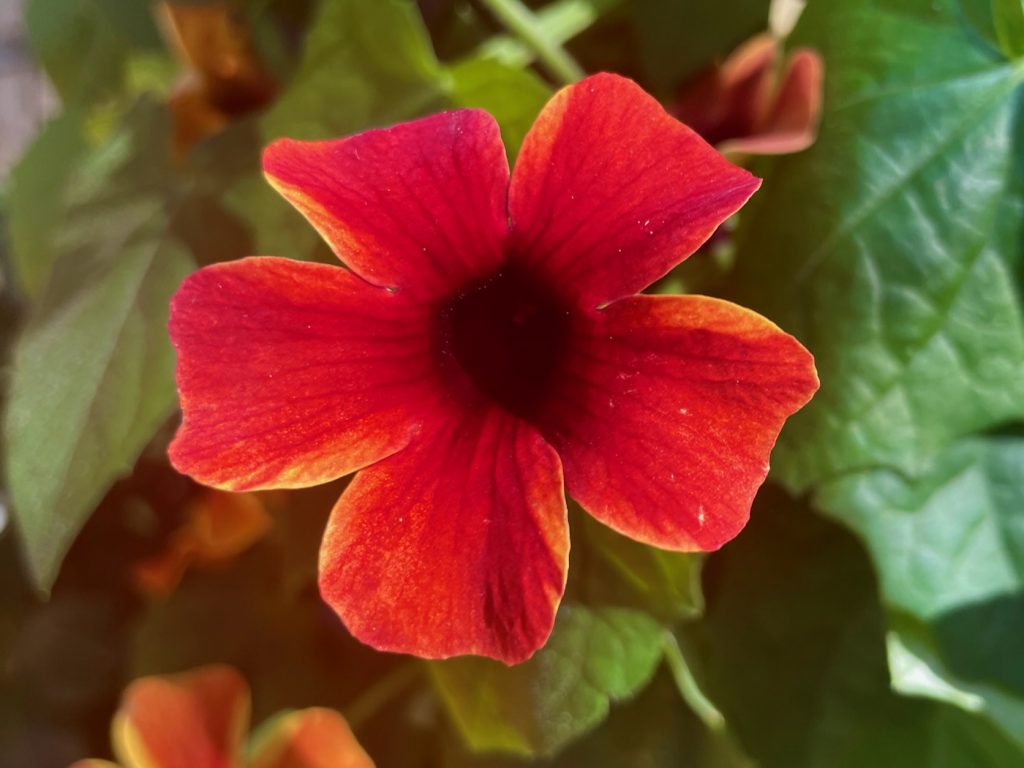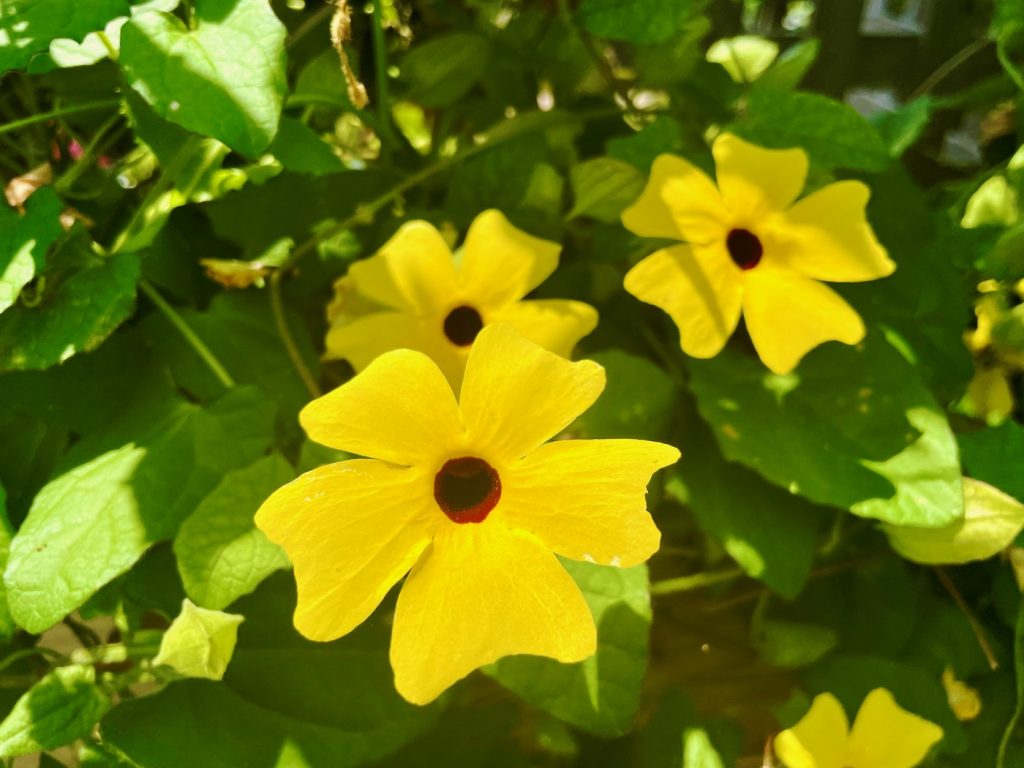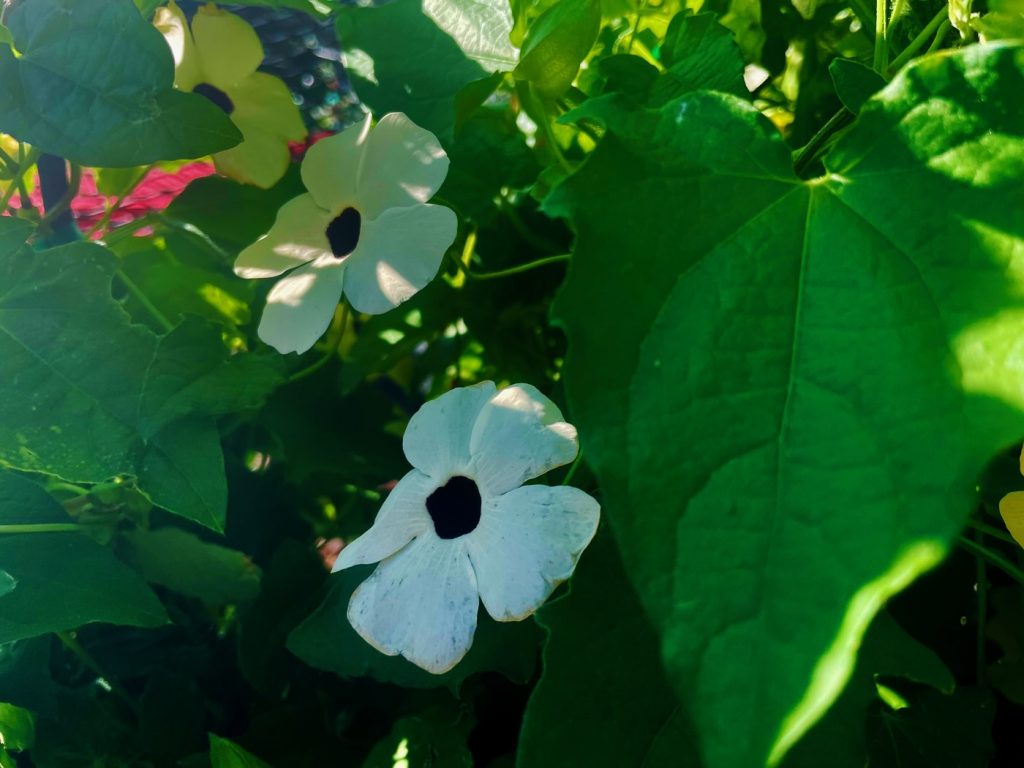Lonicera, commonly known as Honeysuckle, is a versatile plant that encompasses both evergreen and deciduous shrubs or vines. With their fragrant flowers that hummingbirds adore and berries that attract various birds, Honeysuckles are a delight for both the eyes and the wildlife in your garden. Let’s delve into the fascinating world of Honeysuckle cultivation:
Belonging to the Caprifoliaceae family of plants, Lonicera is native to North America and Eurasia. While most Lonicera varieties are hardy climbers, there are also shrub forms available. It’s worth noting that some varieties, like Lonicera hildebrandiana, are not as hardy.
The leaves of Honeysuckle plants are opposite and oval in shape. The flowers, mostly fragrant and bilaterally symmetrical, release their captivating scent more prominently in warmer areas. The fruits or berries that follow contain several seeds and come in shades of red, bluish, or black. It’s important to mention that certain species, such as Lonicera japonica, have become invasive in the United States, including other invasive species like Lonicera maackii, Lonicera morrowii, and Lonicera tatarica.
There is a wide range of Honeysuckle varieties to explore, each with its own unique characteristics. Some notable examples include Lonicera ciliosa, Lonicera fragantissima, Lonicera heckrotii, Lonicera japonica, Lonicera sempervirens, and Lonicera tatarica. Lonicera fragrantissima, as the name suggests, boasts a particularly delightful fragrance, while Lonicera heckrottii, also known as the gold flame, displays stunning pink outer petals with a vibrant yellow interior.
Now, let’s uncover the secrets of growing Honeysuckle:
- Ideal Conditions: Honeysuckles thrive when planted in areas that receive full sun or partial shade. Select a location with humus-rich, moist, and fertile soil that drains well to provide the perfect growing environment.
- Planting Techniques: Lonicera is a fast-growing plant that can be cultivated in the ground or in containers. When planting in the ground, ensure you dig a hole large enough to accommodate the plant’s root ball. Place the plant in the hole, backfill it with soil, and gently firm it around the roots. If planting in containers, choose a spacious pot with good drainage and use a high-quality potting mix.
- Watering: During the initial stages of growth, Honeysuckle plants benefit from regular watering to help establish their root system. Once established, they are relatively drought-tolerant, but it’s still important to provide sufficient moisture during dry periods to ensure optimal growth and flowering.
- Pruning and Training: Pruning is essential to maintain the shape and vigor of your Honeysuckle plant. It’s best to prune in early spring before new growth emerges. Remove any dead or damaged branches, and consider shaping the plant to promote air circulation and prevent overcrowding. If you’re growing a climbing variety, provide support such as trellises or fences for the vines to cling to and train them as desired.
- Wildlife Attraction: Honeysuckles are beloved by bees and butterflies, making them a valuable addition to any pollinator-friendly garden. The fragrant blooms and sweet nectar serve as a delightful food source for these beneficial creatures, enhancing the ecological balance of your outdoor space.
Honeysuckles bring both beauty and biodiversity to your garden. Embrace the charm of these versatile plants, and let them create a tapestry of colors and scents that fill the air, enticing you to linger and indulge in nature’s delights.
Lonicera Growing Season:
Throughout the growing season, from April to August, the Honeysuckle plant will reward you with a profusion of blooms, each one a testament to the plant’s vitality and resilience. Whether you choose a variety cherished for its intoxicating fragrance or one admired for its vibrant hues, the sight of these blossoms will evoke a sense of joy and serenity.
As you bask in the beauty of your Honeysuckle, don’t forget to appreciate the role it plays in attracting and supporting wildlife. Bees and butterflies will flit from flower to flower, their delicate wings carrying life-sustaining pollen. Birds will be drawn to the berries that follow, feasting on the bountiful harvest and adding their melodies to the symphony of nature.
Their easy cultivation and adaptability make them a wonderful choice for both seasoned gardeners and novices alike. Whether adorning a trellis, cascading over a fence, or gracing a container on your patio, Honeysuckles bring a touch of elegance and natural splendor to any space. So, embrace the allure of Honeysuckle, and let their fragrant blossoms and vibrant foliage transport you to a world where beauty and harmony intertwine.
There are various kinds such as Lonicera ciliosa, Lonicera fragantissima, Lonicera heckrotii, Lonicera japonica, Lonicera sempervirens, Lonicera tatarica. Lonicera frarantissima is very fragrant and Lonicera heckrottii or the gold flame has a beautiful pink color on the outside and yellow inside as pictured on this page.





